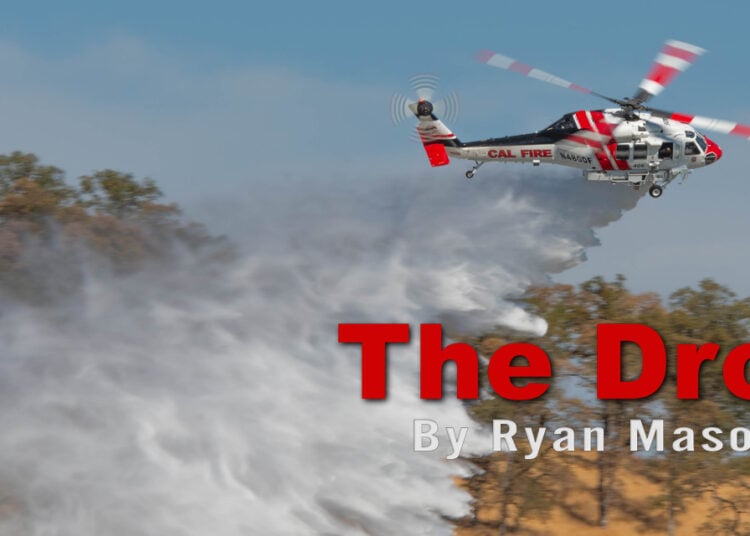Recently, the debate for a national firefighting fleet in Australia has again hit the national media spotlight. As their federal government invests twelve billion dollars in submarine upgrades, no funding has been allocated for developing a sovereign fleet of aerial firefighting aircraft for federal use. The development of a sovereign fleet was a primary recommendation by the Australian Federal Royal Commission on the 2019-2020 fire season. This was due to record losses that culminated in billions of dollars for property and the loss of 43 lives in the record fire season.
While the question of a sovereign fleet is a complex and impossible task at worst, it does beg the question of whether Australia is doing enough on a federal level to combat fires with aerial assets. While I do not believe a federal aerial firefighting fleet is the answer, there are aspects of the Royal Commission's report that could be implemented, at least about funding the ability of the states. There is little to be improved upon with smaller aircraft, such as helicopters and SEATs contracted annually. Still, the LAT aircraft space is something that the federal government could step into the ring on and provide state funding based on needs that would allow states to purchase assets like New South Wales has done.
The New South Wales government and, in turn, the New South Wales Rural Fire Service (NSWRFS) were the only state to embrace the Royal Commission's findings and recommendations. The allocation of funding and resources to change the outcome for the state of New South Wales has already proved its worth in recent natural disasters. The purchase of a Boeing 737 Fireliner from Coulson Aviation, along with Cessna Citations for intelligence gathering, a CH-47 large capacity firebombing helicopter, and a fleet of six Bell 412 helicopters as their state fleet of aircraft capable of multi-role deployments are all force multipliers for accomplishing the wildfire mission. Although the priority was firefighting, several flood and search and rescue operations have benefitted, and without these new state-owned assets, the outcomes could have ended very differently.
While federal government funding is already available for aerial firefighting needs as they happen (during an actual fire), there is still no direct funding offered to state governments like New South Wales to purchase assets like the 737 'Marie Bashir' Fireliner. The Fireliner is now spending its time when not needed in New South Wales on loan to other states (and countries, as the USA did last year) that need assistance, as it is currently doing in Western Australia.
I am not saying the Australian government needs a massive fleet of permanent aircraft. However, based on the contractual use of several LATs throughout the country each year, a more significant purchase of several more aircraft of various sizes and capacities is needed. They could be operated like New South Wales operates its 737 airtankers, which the state government owns but is operated and maintained by a civilian contractor. Based on the current operation of the 737, in its first few years of service in Australia, contractor-operated and maintained aircraft are very effective ways to manage the use of LATs. NSWRFS has been a shining example of what a state with determination and some funding can achieve if given the financing and determination to succeed in protecting its residents from harm.
Australia is on its second incumbent government since the Black Summer fires of 2019-2020. Between 25 and 29 million is spent annually on firefighting resources; however, the 'bigger picture' and view led by New South Wales is not shared by other states or the federal government. These entities now rely, at times heavily, on the generosity and preparedness of the NSWRFS to deploy the state-owned 737 to assist them when needed.
In Australia, the term "she'll be right, mate" is commonly used to describe that things will be okay, and in this instance, things might be okay until they aren't, which happens cyclically in modern society. We are lulled into a false sense of security and comfort when there are no devastating wildfires that gain national and international attention. Therefore, the financial focus shifts to other nonconsequential things versus preparation for that one year of fires that cause devastation nationwide. Unfortunately, in Australia, just as in the West of the United States, it is never a case of "if" but when the next big fire season will occur.
The Australian federal and state governments that have not yet made the progress needed in aerial firefighting preparedness, like New South Wales, should heed the famous quote attributed to philosopher George Santayana: "Those who cannot remember history are condemned to repeat it."
Fly Safe,
Ryan






